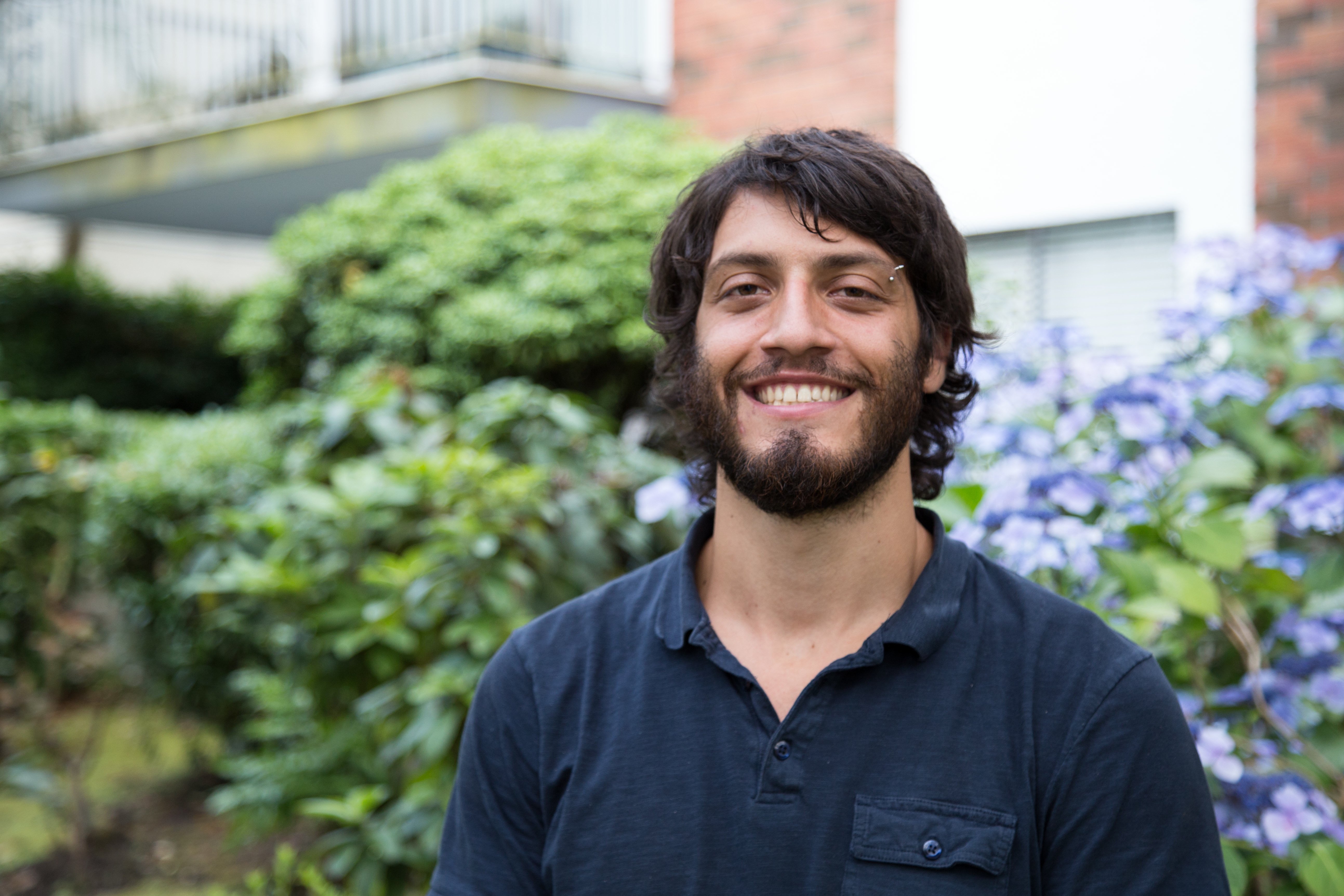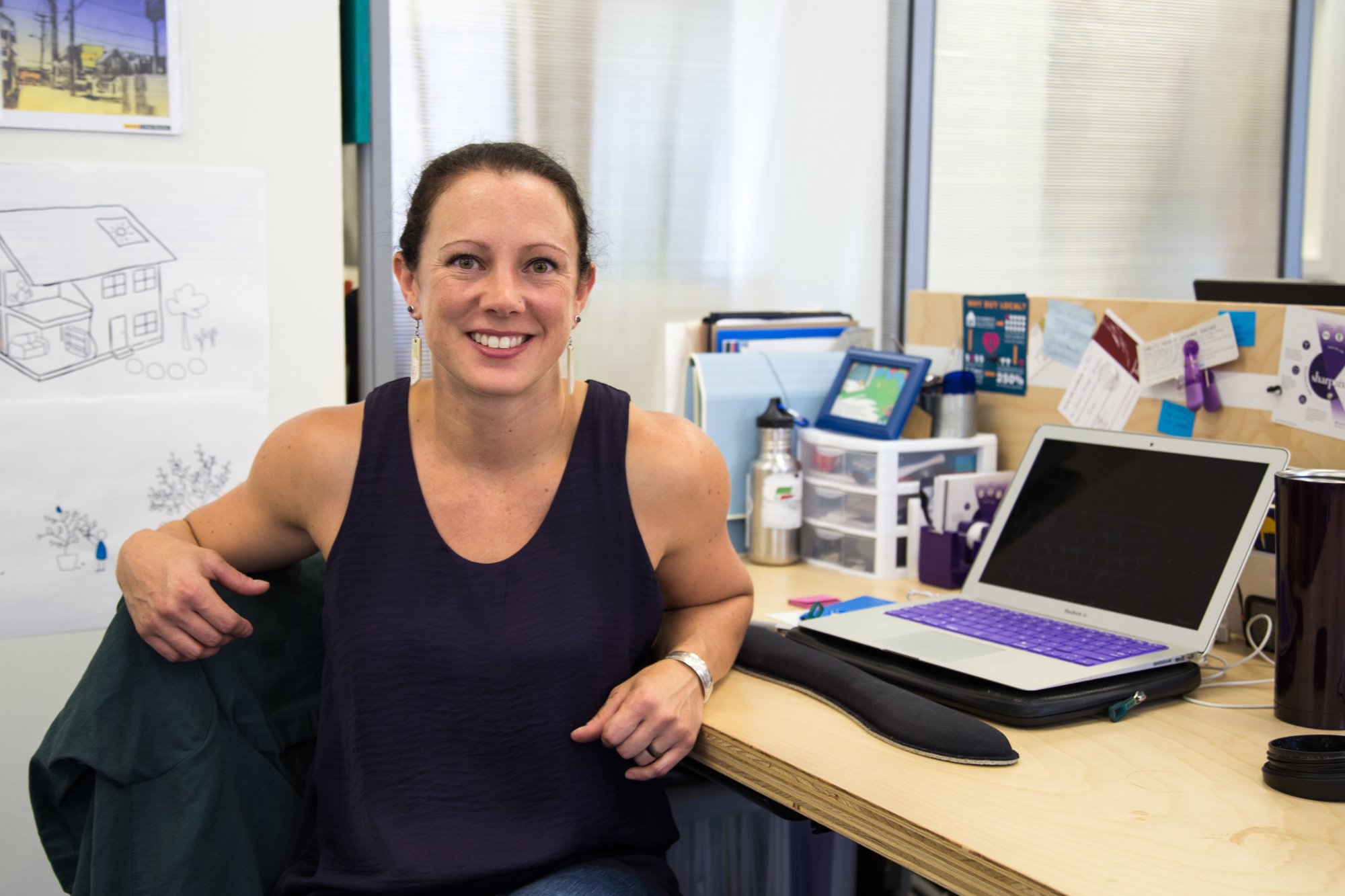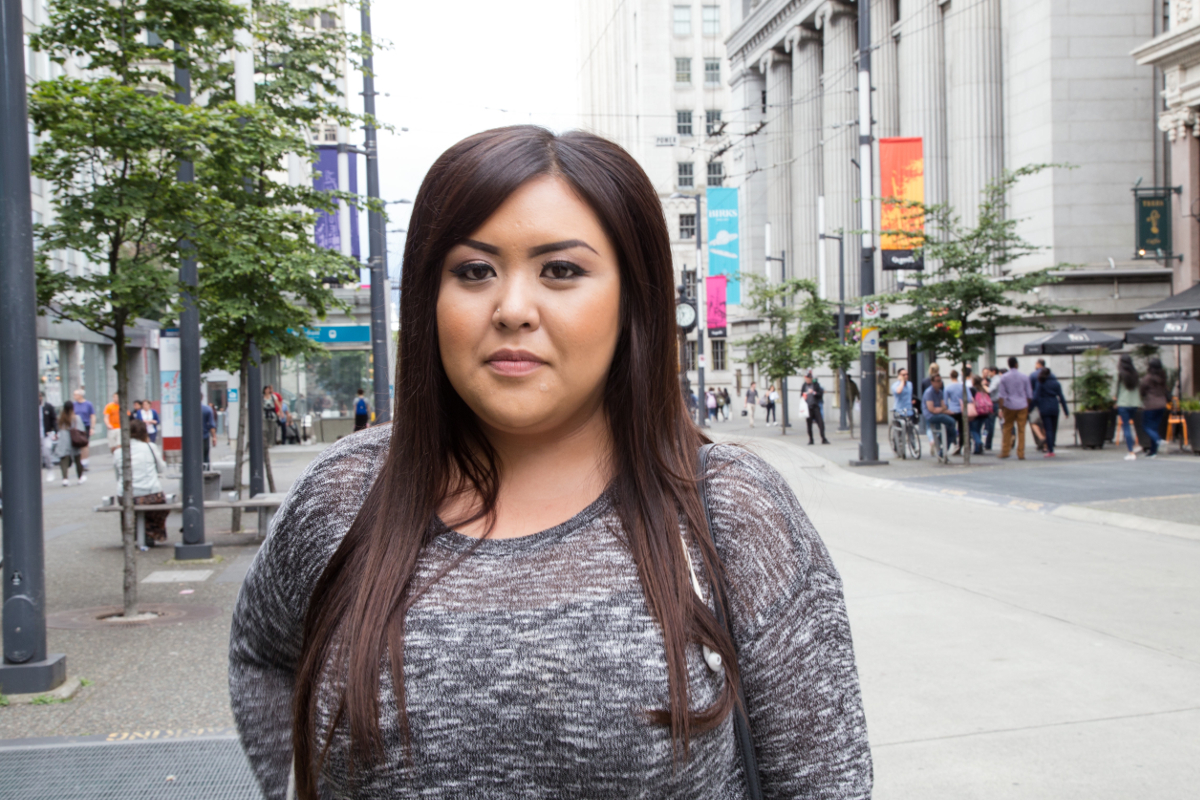At 27, retirement isn’t top of mind for Ashlee Gotengco.
The cosmetics manager at a Vancouver drugstore is more focused on her daily finances than her income 40 years from now.
But as Gotengco watches older family members prepare to leave the workforce, she wonders how she will fare when she reaches 65.
Proposed changes to the Canadian Pension Plan (CPP) would increase benefits for people like Gotengco when they eventually retire. CPP is one of several potential incomes streams for retirees, including workplace pensions, savings and basic old age security payments, currently about $6,880 a year.
Only time will tell if CPP expansion will provide young workers with future financial security.
British Columbia agreed to the CPP improvements in June, but has become the only participating province to miss the July 15 deadline for approving the changes. The BC Liberal government says more consultations are needed.
The changes, to be phased in from 2019 to 2025, will require workers to contribute more -- 5.95 per cent of their income, up from the current rate of 4.95 per cent. (That’s matched by employers.)
The goal is to increase the annual pension to 33 per cent of their average income from the current 25 per cent.
The maximum income covered by CPP will be increasing from $54,600 to $82,700, meaning a high-income worker could end with benefits of about $20,000 a year on retirement.
Middle- and high-income workers will be the biggest winners, says Kevin Milligan, economics professor at the University of British Columbia.
In a report Milligan recently co-authored for the C.D. Howe Institute, he found middle-income earners who made an average of $50,000 annually over their careers would currently receive about $12,500 from CPP. Under the new program, that yearly payout will increase to $16,667.
While higher CPP benefits may be welcome, workers still face a big drop in income pay after retirement.
People have to realize it’s up to them to save for retirement, says Sophie Salcito, investment and financial planner with Vancity Credit Union.
The Tyee spoke with three young workers about their retirement plans, hopes and worries.
The Retail Worker: Worried about future
Ashlee Gotengco started working part-time for her current employer when she was 18 and, like all Canadians, contributes to CPP. Her deductions this year will be about $1,500.
After five years of full-time work, she now qualifies for a workplace pension plan in which her employer matchers her RRSP contributions. It’s a great opportunity, she says, but with a very tight budget she’s not sure if she’ll be able to contribute more than $50 a month to the savings program.
Before she was eligible for matching RRSP contributions from her employer, Gotengco says she was putting her money in a tax-free savings account (TFSA).
A TFSA is a good option for people who worry they don’t have an adequate emergency fund, Salcito says. TFSAs don’t come with the same steep penalties for pre-retirement withdrawals as RRSPs.
Gotengco’s long-term plans include going back to school to get into a higher paying career or switch into a public sector job. Her younger sister, she says, works for a hospital that offers a pension package and has already told her when she can expect to retire with full benefits.
“That definitely makes me freak out because I don’t know if I’m going to have enough saved by the time I retire,” she says, adding that her hopes of retiring before 65 may not be feasible.

The Contract Worker: No company plan, but already saving
Nick Staltz, an engineering support representative, says he was surprised how hard it was to find a full-time job in his field. While he did land work that makes use of his training, he’s on a contract that doesn’t provide the benefits or a pension plan that his permanent colleagues count on.
Under his current contract, his CPP contribution will likely reach the cap of about $2,500. If there are any gaps between this contract and his next employment, there will be a gap in his contributions as well.
Staltz says he’s not worried though. He managed to put away $8,000 toward an RRSP investment last year and is continuing to save.
“The savings I put in my RRSP, I don’t expect to get that money back at retirement, I expect to take it out of RRSPs and put it into a house or some type of investment,” he explains. “It’s about building equity and then retiring on the equity.”
Staltz, 26, is quick to admit retirement is not a priority at this point in his life. With the slower than expected start to his career and changing priorities, he doesn’t expect to retire fully at 65 anyway.
Having a tangible, short-term savings goal – like purchasing property – is a good strategy to help younger workers save, Salcito says.
For Staltz, setting money aside is a habit learned from his father, a chartered accountant and commercial realtor. Even though he is diligent in managing his finances, Staltz says he welcomes the government plan to deduct more for the CPP. Too many of his peers lack the financial knowledge to plan retirement savings entirely on their own, he says.
“Of all the things you learn in high school, they don’t teach you how to manage money at all, which I think is probably one of the most important things,” he says.

The Entrepreneur: Double costs, ethical concerns
Rachel Forbes has mixed feeling about her CPP contributions.
“I do like living in a country where we have these social systems that provide assistance to people,” she says. “The one thing I would love to do is not have to contribute to CPP.”
The 35-year-old entrepreneur had to contribute $2,000 last year to the program -- both the employee and employer share since she is self-employed. It’s a significant sum, since her income is basically “whatever is left over” from the business consulting company Sharp Six that she started in 2013.
Forbes also has ethical concerns about some CPP investments. A trained lawyer who has focused on environmental issues, Forbes says she doesn’t want her money supporting the fossil fuel industry.
“I know I use copper, I know I use fuel and all these things, but to deliberately put one’s money directly into... extractive industry companies is way beyond my line with being OK,” she says.
Forbes would like to see self-employed workers have the option to pay half the normal contributions, with half the future payout, Forbes says. It would give her more control over her money and maintain the public system.
While Milligan acknowledges the burden on people who are self-employed, he says allowing workers to opt-out would have hefty consequences. Many people struggle to save and those who don’t invest enough for retirement require more social support from the government – support funded by tax dollars.
“People who don’t have a company-based plan, 40 per cent of them end up in retirement with too little retirement income to maintain their lifestyle,” Milligan says.
Compared with European countries, where taxes are much higher to support social programs like pensions, Milligan says Canada has found a good middle ground with the CPP. Increasing the required contributions will benefit most people in the long run, he adds.
But that doesn’t end the responsibility of saving and accumulating other investments, he added.
“It is important for people to think about these things, to talk to a financial advisor.” ![]()
Read more: Labour + Industry

















Tyee Commenting Guidelines
Comments that violate guidelines risk being deleted, and violations may result in a temporary or permanent user ban. Maintain the spirit of good conversation to stay in the discussion.
*Please note The Tyee is not a forum for spreading misinformation about COVID-19, denying its existence or minimizing its risk to public health.
Do:
Do not: